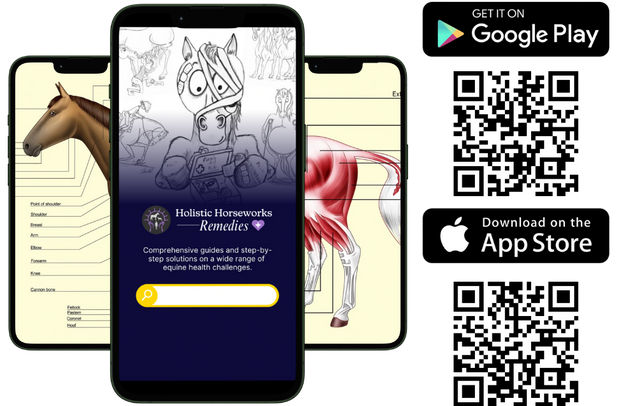Biomechanics of the First Rib
Share this post:
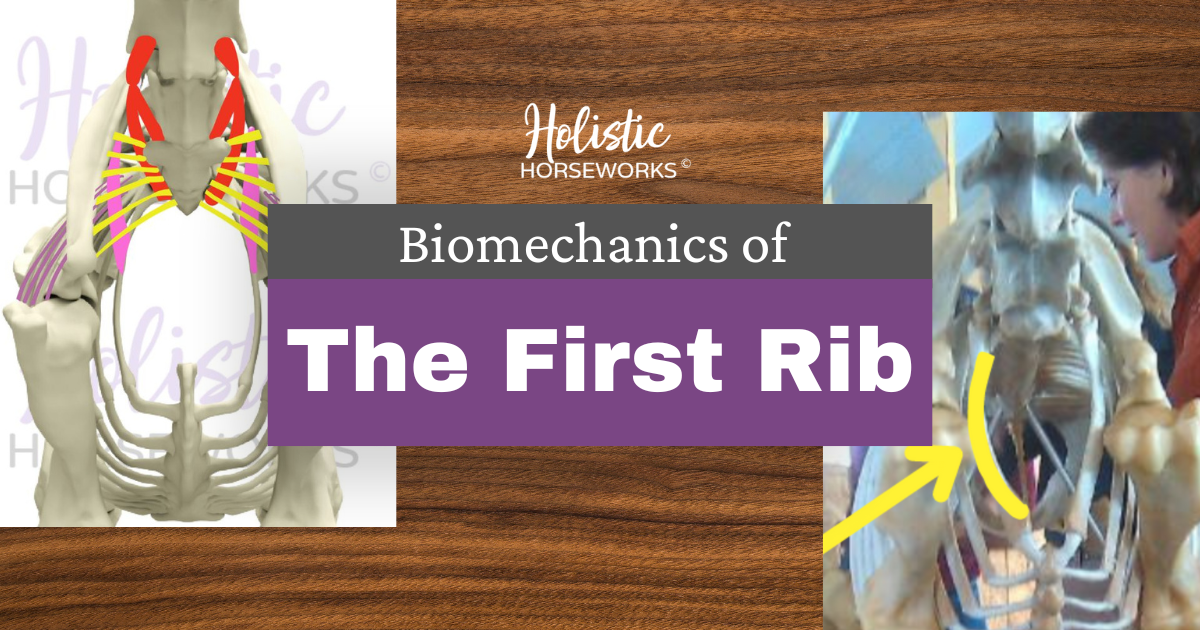
Ready to explore some insightful and helpful biomechanics info about your horse’s shoulder, first rib, front limbs, and hooves? Mastering this knowledge can keep your horse happy and moving freely well into their 30s!
How do you know if your horse dealing with troublesome issues in these areas? Read on…
The Shoulder and Chest Regions
If your horse exhibits any of the following behaviors, it indicates restricted mobility in their shoulder and chest regions:
- Acting a bit “off ” or showing reluctance
- Shoulder and neck muscles developed unevenly from side to side
- Fascia along the shoulder girdle feels tight and constricted
- Aversion to being touched on the shoulders or withers
The shoulder area isn’t just a single bone known as the scapula; it’s a bustling hub of bones, muscles, and ligaments. Without a clavicle like humans, horses rely heavily on muscles to be soft yet strong to create proper shoulder and front limb forward and backward motions, which are vital for their flowing stride and grace. Among the larger muscles facilitating these movements are the serratus ventralis, which acts as a sling for the trunk; the supraspinatus and infraspinatus, which stabilize the shoulder joint; and the pectoral muscles, which contribute to limb movement and stance.
If your horse exhibits any of the following behaviors, it indicates misalignment of the first rib:
- Reluctant to move forward at any gait
- Not getting lead changes
- Breath is short and shallow – inhale or exhale are not even
- Dropped shoulder especially when performing bending and turning
The rib cage, particularly the first rib, is nestled deep under these shoulder muscles, forming a stable foundation for the shoulder complex. The first rib’s role in maintaining the integrity of the thoracic outlet is crucial, as it serves as an attachment point for various muscles and ligaments involved in shoulder movement and stability. Any dysfunction or misalignment of the first rib can directly impact the function of these shoulder muscles, leading to issues such as restricted range of motion or compromised biomechanics in the front limbs. Understanding the intricate relationship between the shoulder complex and the underlying rib cage is essential for addressing and preventing potential issues that may arise in this region.
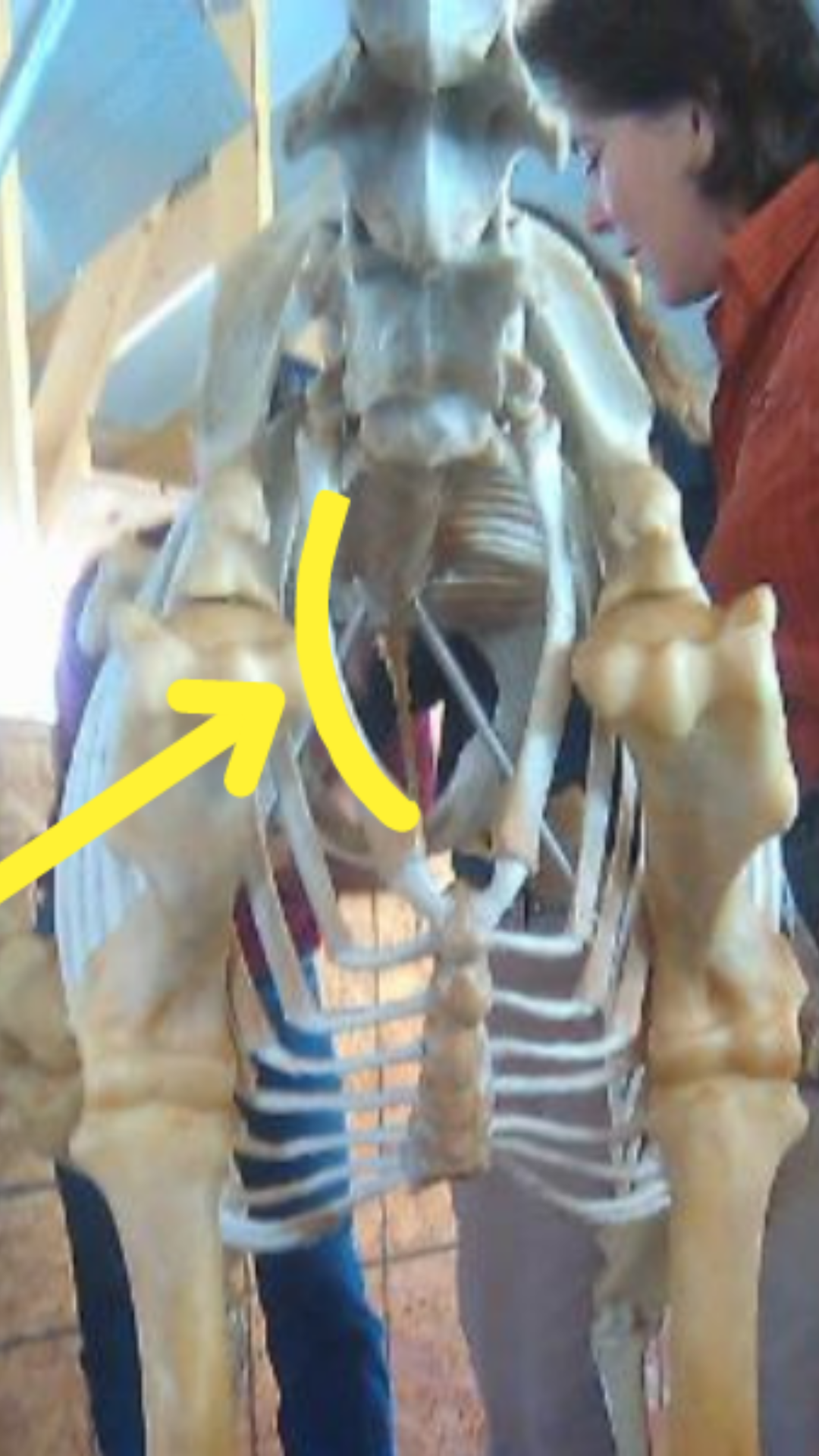
Highlighting the first rib.
How to Tell if Your Horse’s First Rib is Misaligned
As simple test you can do with your horse the next time you are in the barn to determine if their first rib mis misaligned on one or both sides.
The First Rib and Thoracic Outlet is a Nexus of Vital Connections
Positioned at the junction where the first rib meets the spine and chest, the thoracic outlet serves as a critical passageway for a complex network of arteries, veins, and nerves transitioning from the horse’s neck to its front limbs and through the thorax, abdomen, and pelvis. The first rib attaches between the manubrium of the sternum to C7 (the last cervical vertebra) and Th1 (the first thoracic vertebra). Given its connection, the first rib is consistently in motion, reflecting the dynamic nature of the body’s posture and movements. This anatomical region houses essential vascular and neural structures, including the subclavian artery and vein, and major nerves like the vagus nerve and the phrenic nerve.
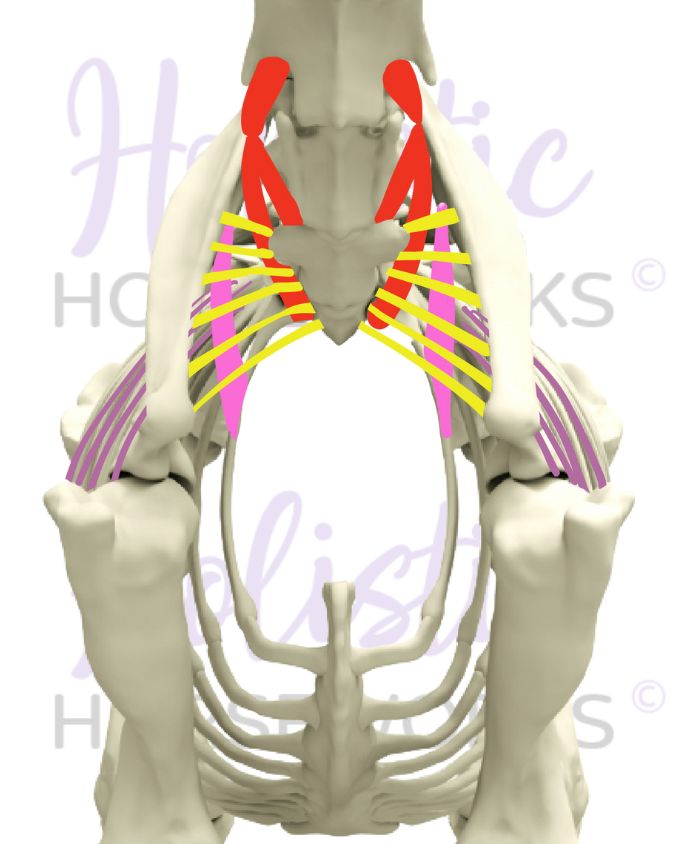
Highlighting the thoracic outlet.
The thoracic outlet’s significance extends beyond its role in structural support, acting as a conduit for:
Arteries and Veins: Ensuring blood flow to and from the heart, head, body, and limbs. Any misalignment or restriction in this area can impede blood circulation, potentially leading to swelling, decreased function, or even temperature differences in the limbs.
Nerves: Including the vagus nerve, which influences heart rate, gastrointestinal activity, and overall calmness, and the phrenic nerve, crucial for breathing as it controls the diaphragm. Along its route, the phrenic nerve runs between the scalene muscles, which are connected to the first rib, then into the thoracic inlet and near critical structures like the Stellate Ganglion and the thoracic inlet itself. When the first rib shows reduced motion possibilities, it can affect these areas and delicate structures due to their proximity. The importance of the first rib is highlighted by its direct and indirect influences on the shoulder, front limb, sternal, and hyoid motion, and also on the neurology and vascularity in the area of the thoracic inlet. Compression or irritation in this area can affect respiratory function, heart rate variability, and the horse’s stress response, leading to behavioral issues or decreased performance.
If your horse exhibits any of the following issues, it indicates first rib restrictions are causing improper hoof growth and balance:
- Tripping at any gait
- Contracted tendons
- Overdeveloped upper limb muscles
- High-low syndrome of the front hooves
The Importance of the First Rib in Horses
In this episode of Holistic Horseworks Talks, we shed light on how misalignments of the first rib can lead to various issues in people such as thoracic outlet syndrome, frozen shoulder, tendonitis, bursitis, and carpel tunnel syndrome. So think about all the things it could be impeding in your horse’s freedom of movement in the front end.
Implications of Thoracic Outlet Complications
If the first rib gets “stuck” or is misaligned, it disrupts the shoulder’s function, causing a cascade of issues down to the hoof, affecting ground impact and balance. These cascading issues are akin to a chain reaction, affecting various parts of the body until they eventually impact the hind end. The health of the thoracic outlet is paramount for the horse’s overall well-being and performance. Any disruption in this area can lead to a domino effect, impacting the horse’s mobility, respiratory efficiency, and even its mental state. For instance, a compromised thoracic outlet can alter the effectiveness of the horse’s stride, its ability to recover after exercise, and its readiness to engage in training or competition. Additional issues can include the development of contracted tendons in the leg. Your horse’s front hooves might grow out or wear unevenly, leading to what’s called High-Low syndrome, and no amount of trimming or shoeing alone will resolve it! Addressing the hooves effectively involves targeting the true underlying issue – the problems originating from the shoulders and first ribs above them.
All these issues are all able to be fixed!
Holistic Horseworks offers courses and clinics to help you spot and correct these issues holistically. Holistic Horseworks’ programs equip you with the knowledge and skills to identify, understand, and address these complex anatomical relationships, fostering a deeper connection and a more harmonious state of health for your equine companions.
At Holistic Horseworks, we’re dedicated to providing more than just a class. We offer the game-changing experience that both you and your horse truly deserve. By enrolling in one of our online courses or hands-on clinics, you can learn how to address these concerns and ensure your horse feels as good as they look, stride by stride.
It’s all about getting to the root of the problem and supporting your horse’s well-being. I am here to support you on your journey of resolving your horse’s issues, increasing communication, and healing together.
In conclusion, the first rib and thoracic outlet’s role in the horse’s anatomy underscores the intricate balance required for optimal equine health and performance. By appreciating and maintaining this balance, we can support our horses in achieving not only peak physical condition but also in enjoying a quality of life marked by well-being and vitality.
Level 1: Equine Musculoskeletal Unwinding
Learn how to keep your horse happy, healthy, and rideable through their 30’s while saving thousands on vet bills! The reason why your horse is having so many problems is that most people you go to for advice— including vets, trainers, and many equine professionals— are only treating the symptoms, NOT the root of the issues. And that’s the way it’s been for years and years. But if “the good ole’ ways” just aren’t working anymore, now is the time to start looking at things in a whole new way.
Hands-On Horse Body Therapy Clinics
We teach in-person event all around the world including the US, Canada, UK, Europe, Australia, New Zealand, and South Africa! Visit our clinic page to see the full schedule. Don’t see an event near you? Apply to be a host! In exchange, you’ll receive FREE admission to each event you host which adds up to over $2,000 in savings! And you’ll get free bodywork for your horses values at $300 per horse.
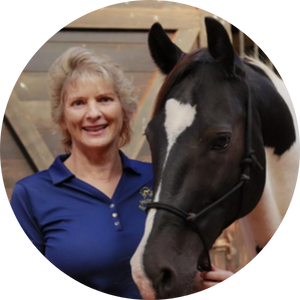
About the Author
April Love
Founder of Holistic Horseworks & Horse Healers Academy
Owner of Holistic Horseworks LLC, April Love empowers horse lovers to take healing into their own hands in order to keep their horses healthy, happy, and rideable through their 30’s while saving thousands of dollars on vet care. She has created a unique IICT (International Institute for Complementary Therapists) approved methodology that she teaches through in-person, hands-on clinics as well as virtual home study courses. April has also trained and vetted many instructors who share this practice worldwide.
As a gift to you, please enjoy a FREE copy of “Horse 101: Everything You Wish You Knew Before You Bought Your First Horse” www.horseacademy101.com
More Posts
6 Must-Know Hore Care Tips for Winter
In this comprehensive guide, we'll share five essential cold weather horse care tips straight from the experts at Holistic Horseworks.Whether you're dealing with freezing temperatures, icy conditions or relentless mud, these strategies will help you keep your horse happy and healthy through even the harshest of winters.
Equine Vaccines: What’s In Them and How to Help Your Horse Naturally
Vaccines are often considered a cornerstone of equine health, but have you ever wondered exactly what’s in them, or how they might be affecting your horse’s long-term health?
Barn Life Tips for a Bug Free Summer
Every season, I hear from folks battling mosquitoes, flies, and ticks in the barn, garden, and pasture. Over the years, I’ve found a few easy tricks that make a big difference. If you’re tired of swatting bugs during barn chores or want to keep your horses happy and itch-free,
Horses Are Talking, Are You Listening?
Holistic equine expert April Love wants you to know: your horse is speaking. And once you learn how to listen, everything changes. In her recent appearance at the Holistic Horse Conference, April sat down with Dr. Jeff Grognet and animal communicator Joan Ranquet to share her revolutionary approach to
How a Distance Reading CHANGED Kimberly and Her Horse
In this interview, holistic healing expert April Love uncovers the deep, often invisible threads connecting horse and human wellness. Join Kimberly, host of The Backyard Horse Enthusiast, as she shares her transformative experience with April's intuitive healing techniques.
Summer Travel Tips for Your Horse: Keep Them Happy, Healthy, & Hydrated
Traveling to summer shows and events can be exciting, but for our horses, it often comes with a heavy load of emotional and physical stress. Here are some key things to consider when prepping your horse for summer travel, and the strategies I’ve personally used to help mine stay
Mud Fever Prevention and Remedies
Mud fever, also known as pastern dermatitis, scratches, grease heel, etc., is a common skin condition in horses caused by a combination of wet and muddy conditions, bacteria, and fungi. It typically affects the lower legs, especially white ones, and, if not addressed properly. can cause discomfort and lameness.
Is It Really a Training Problem, or Is Your Horse in Pain?
If your horse bucks, resists the canter, or just feels off under saddle, the first thing many people assume is that it’s a training issue. Maybe the horse is being stubborn, or maybe it just needs more groundwork. But I want to let you in on something I’ve seen
Did You Know That Saddle Fit Issues Are Really Horse Body Issues?
Saddle fit isn’t just about the saddle — it’s about the ever-changing body of the horse beneath it. While it’s tempting to invest in custom saddles or quick fixes like padded inserts, lasting comfort and performance come from addressing the root of the issue: your horse’s physical balance and
Useful, Helpful Tips and Tricks for Horse Care | April Love’s Interview on The Backyard Horse Enthusiast
What would you do if your horse was limping, colicking, or spooking—and no one could tell you why? That question lit a fire in April Love that would grow into a global mission: helping horse owners uncover the root causes of mystery lameness, behavioral issues, and chronic pain that

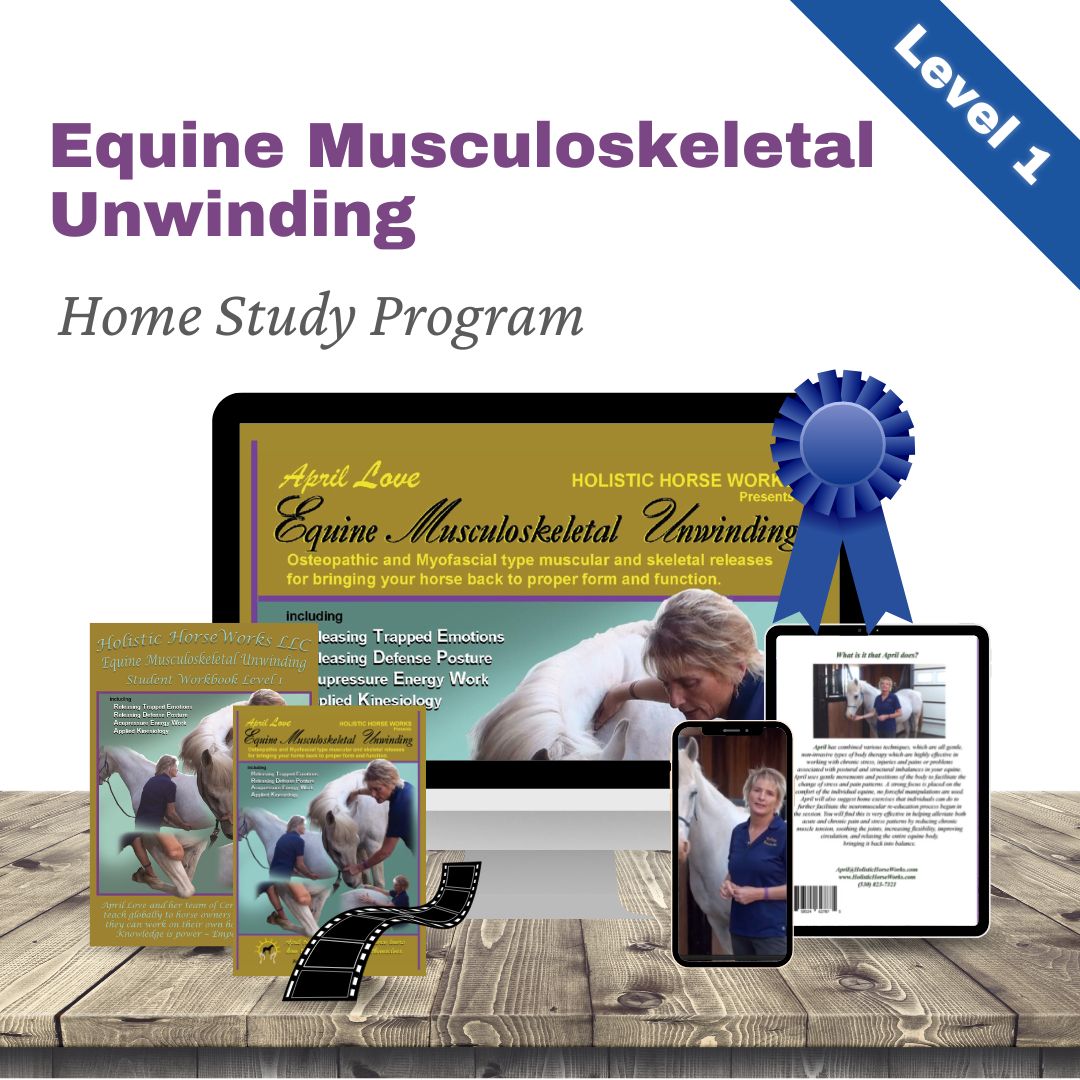
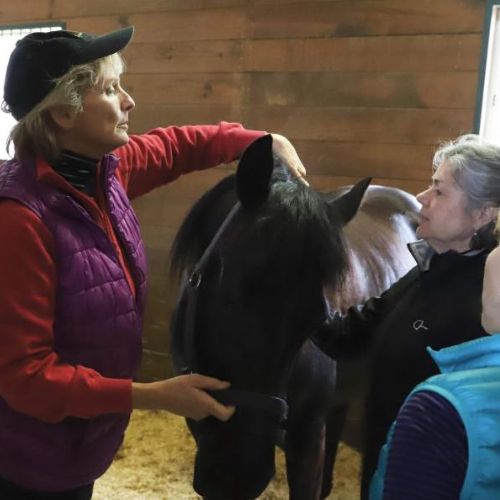
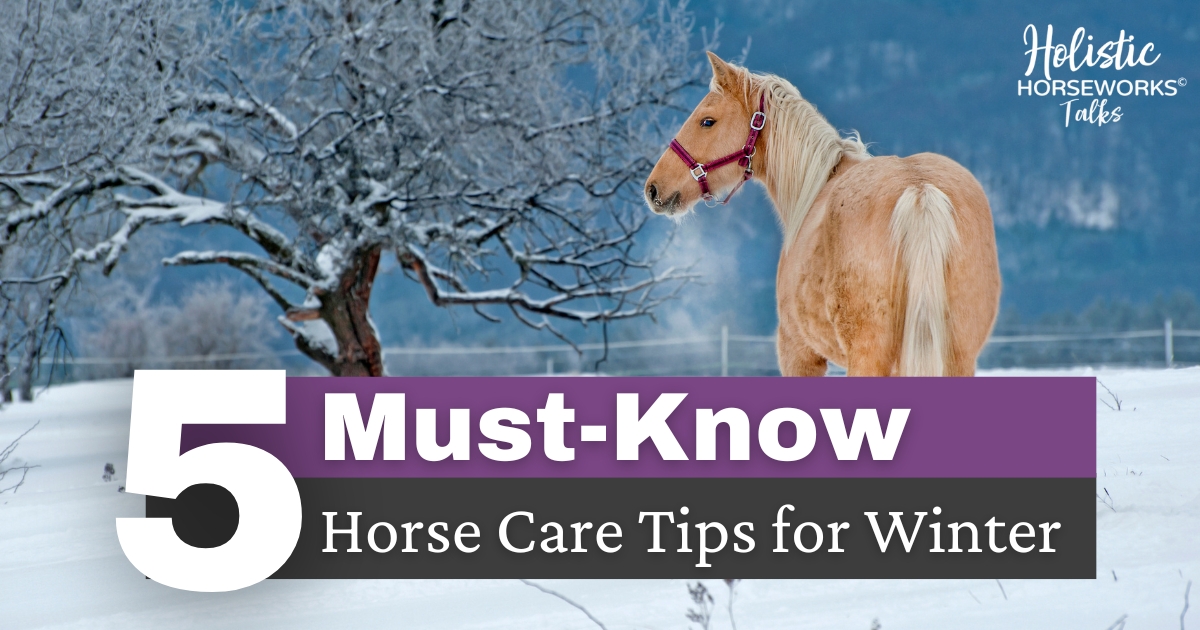
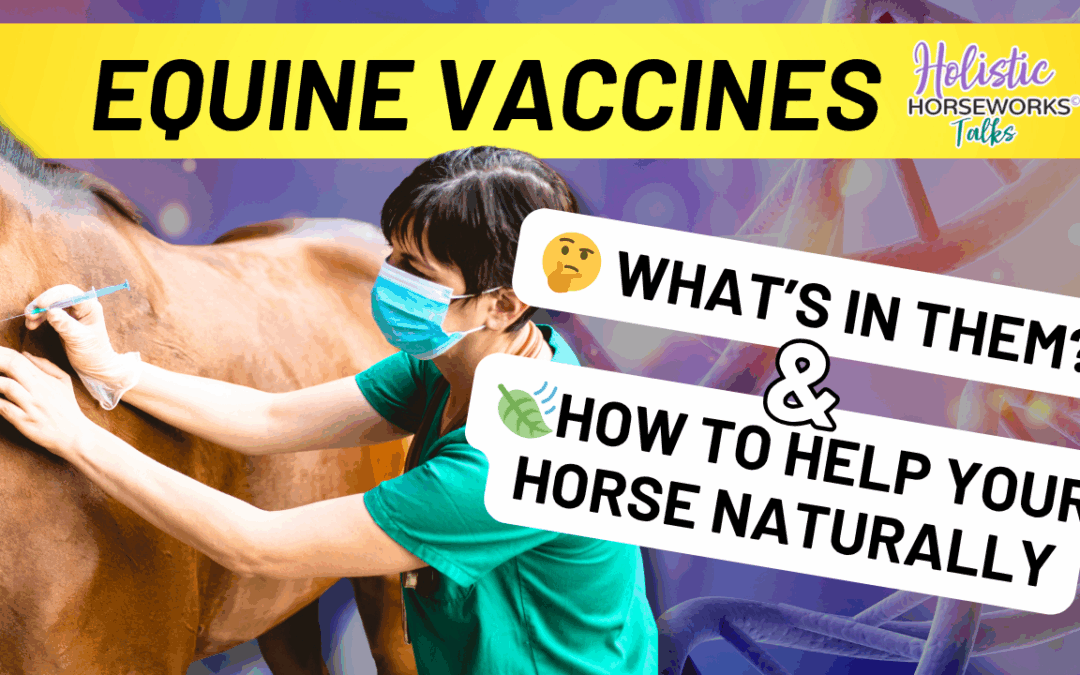
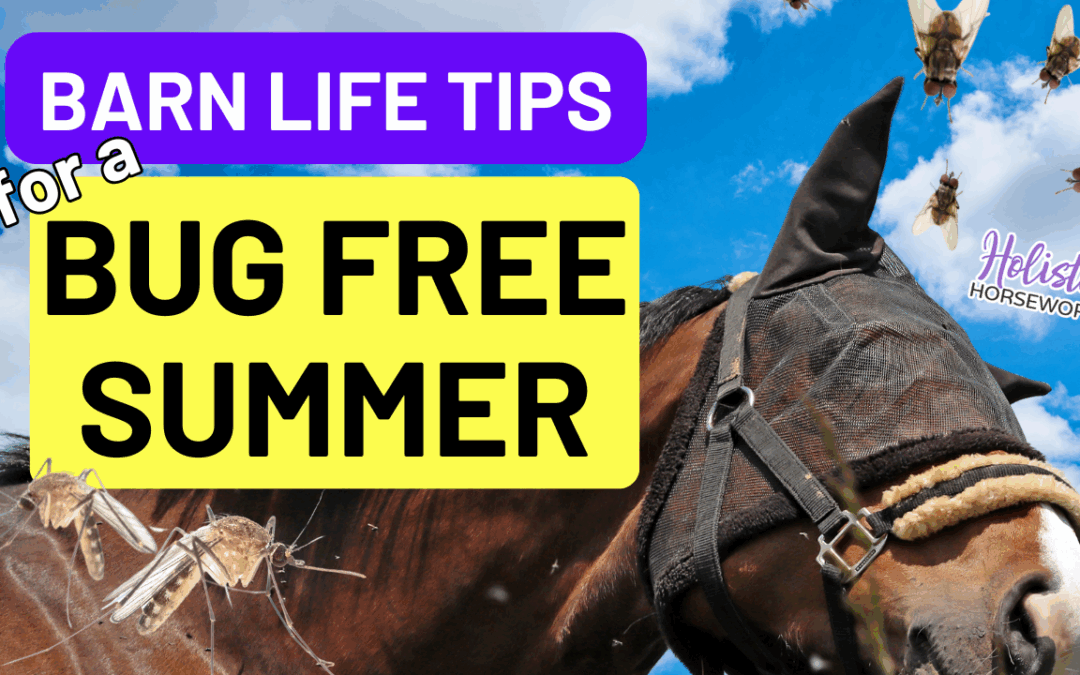
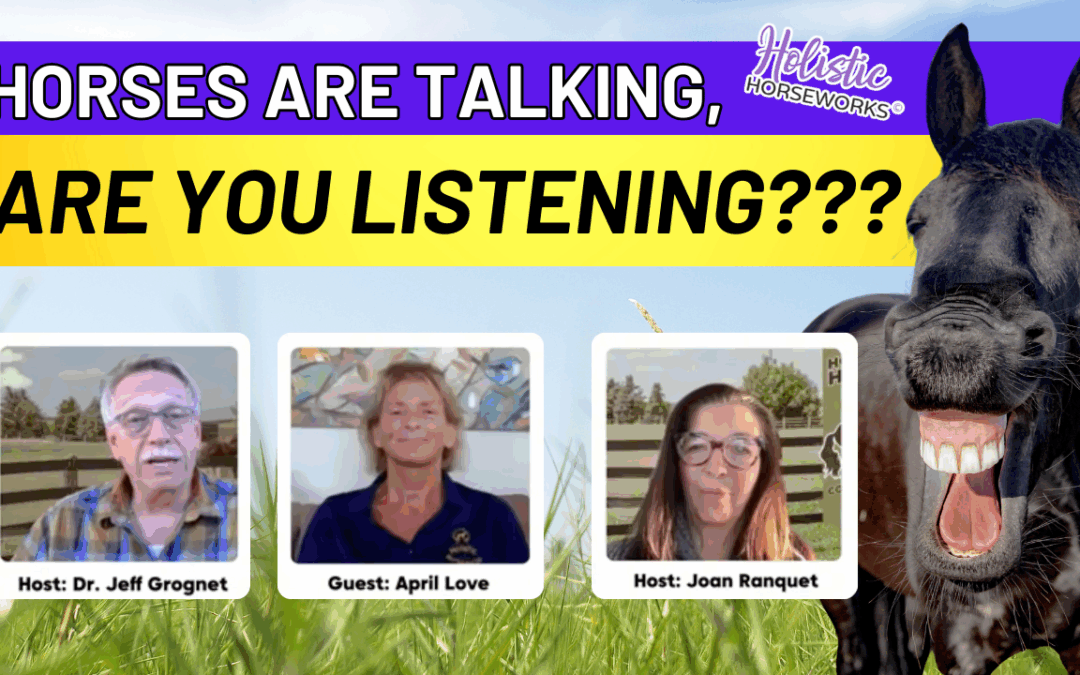
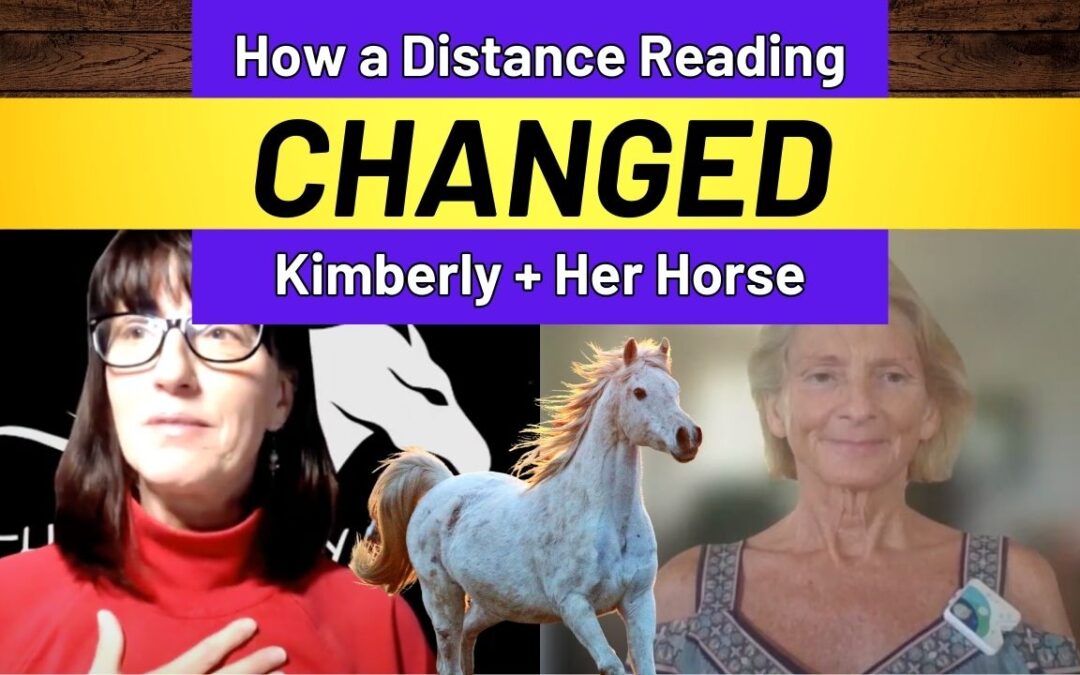
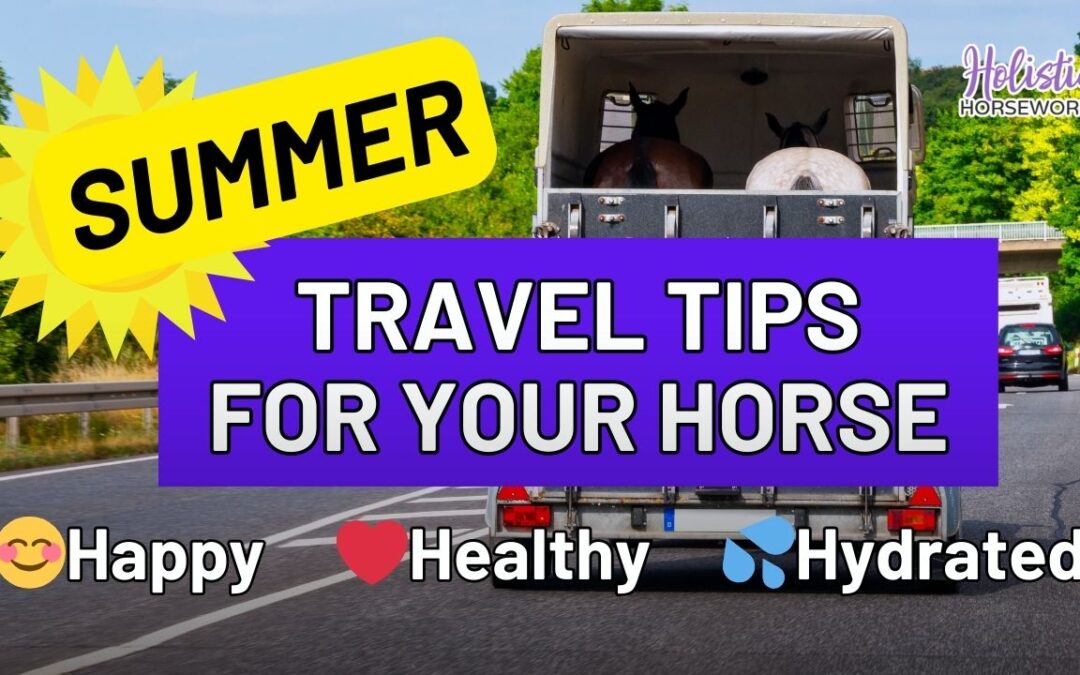
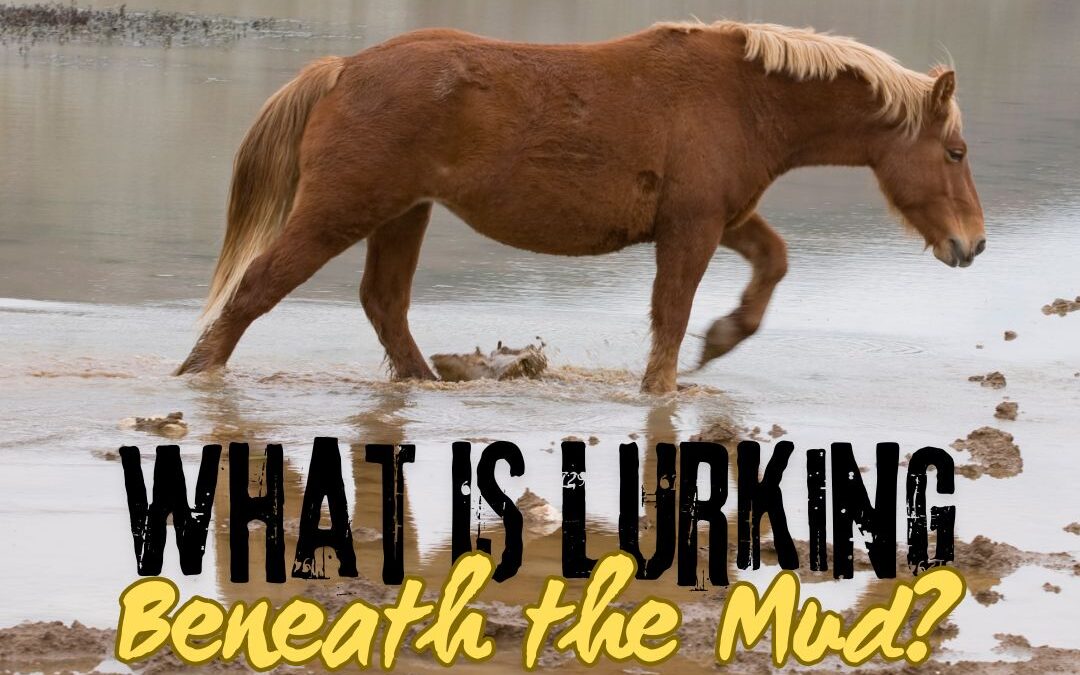
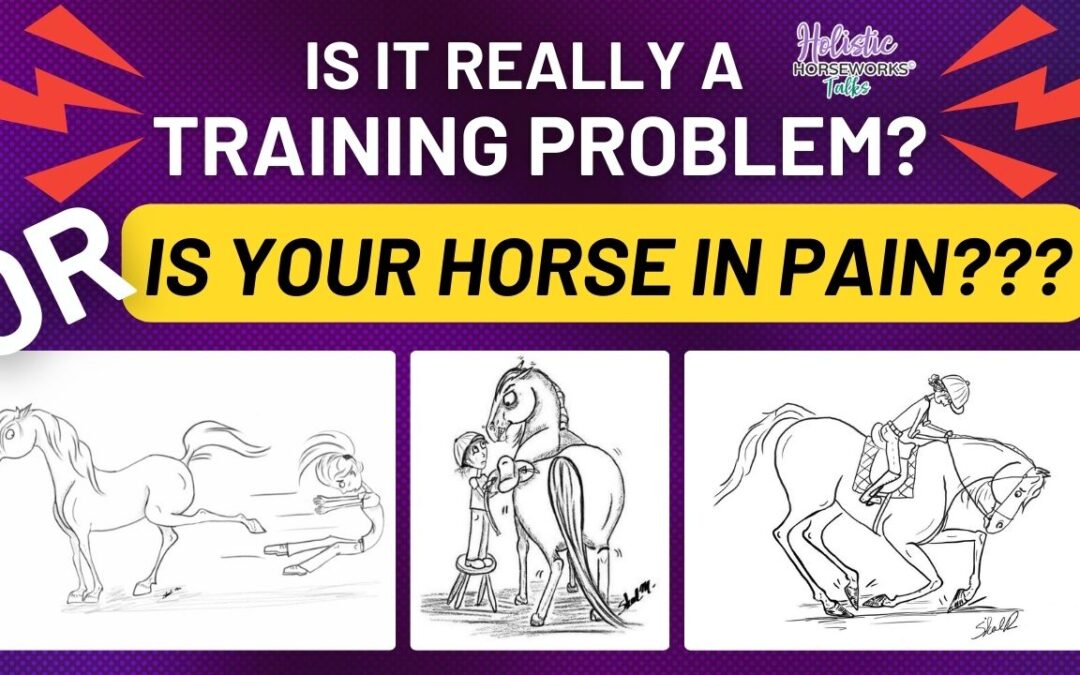
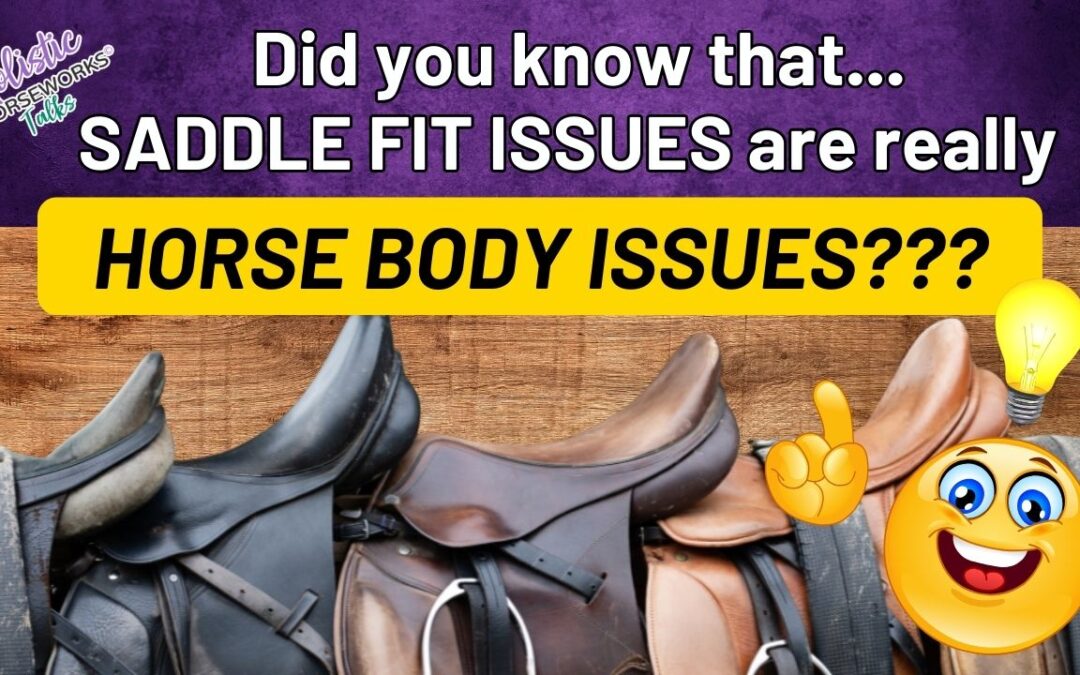
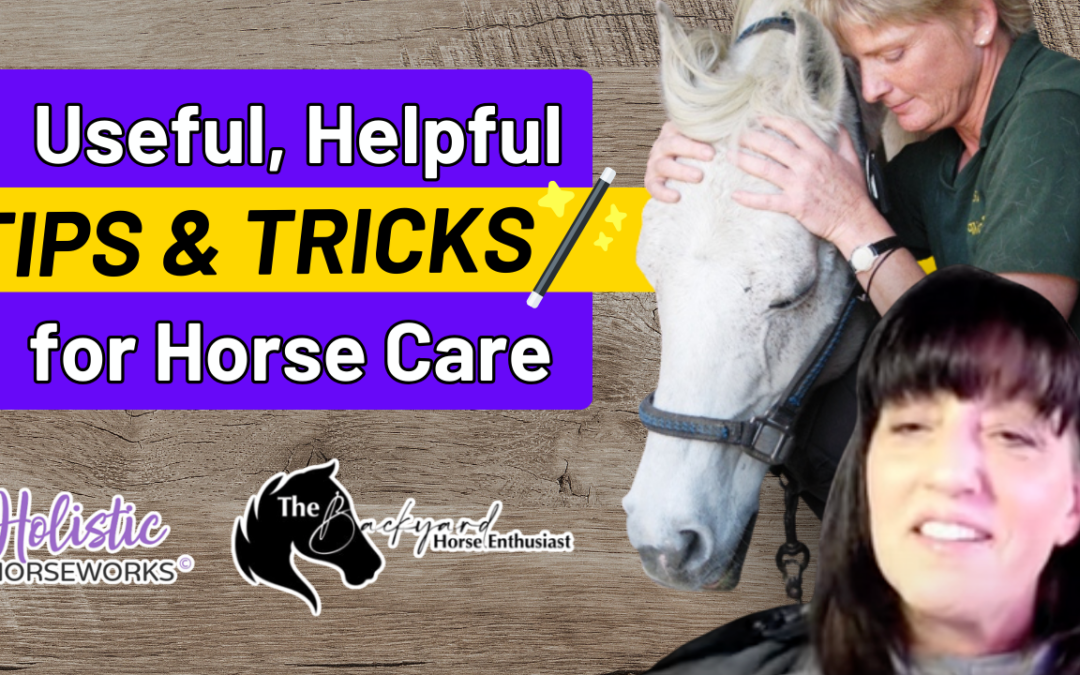
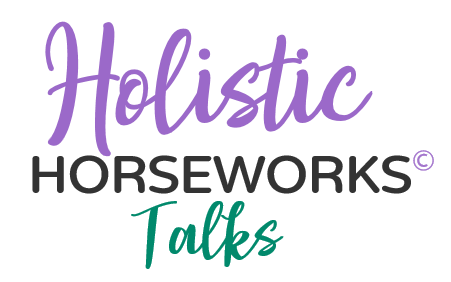
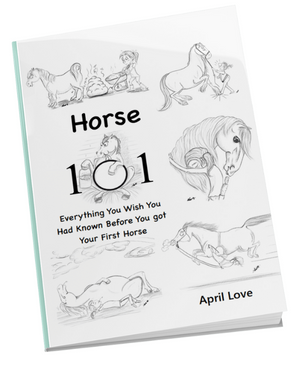
![Complete Level 1 & Level 2 Home Study + Private Training Package [NO DVD]](https://holistichorseworks.com/wp-content/uploads/2022/08/Level-1-and-Level-2-complete-home-study-and-training-package-400x400.jpg)
![Level 1 "Equine Musculoskeletal Unwinding" Home Study -Watch Instantly [NO DVD]](https://holistichorseworks.com/wp-content/uploads/2022/08/Level-1-Home-Study-400x400.jpg)
![Level 2 “CranioSacral Unwinding & Advanced Applied Kinesiology” Home Study - Watch Instantly [NO DVD]](https://holistichorseworks.com/wp-content/uploads/2022/08/Level-2-Home-Study-400x400.jpg)
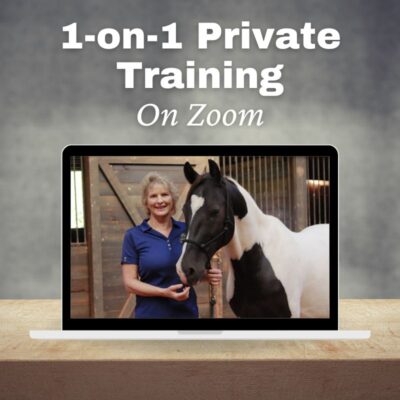

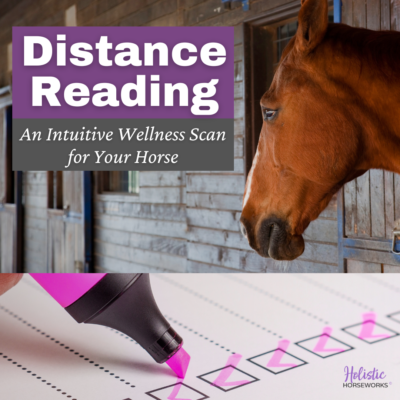

![Equine CranioSacral Energy Work -Watch Instantly [English and French]](https://holistichorseworks.com/wp-content/uploads/2022/09/equine-cranial-sacral-energy-work-watch-instantly-400x400.jpg)
